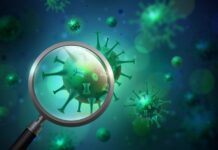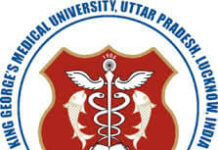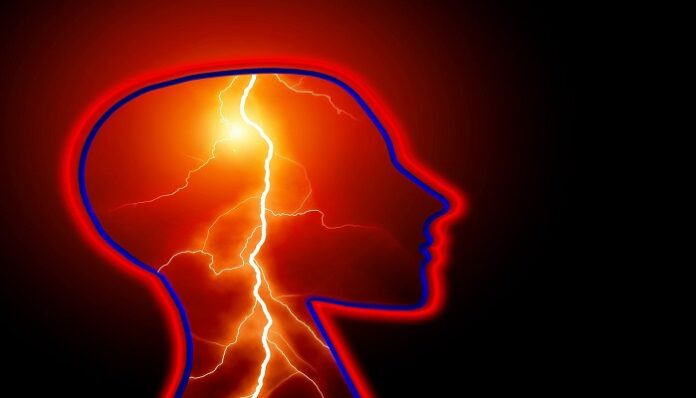A Stroke or Brain Attack occurs when a blood clot blocks an artery or a blood vessel breaks and prevents blood flow to a portion of the brain. Brain cells start to die when the brain is deprived of blood and eventually brain damage occurs. Stroke induced brain damage can be devastating and change the functional capacity of a person. Stroke is not only a leading cause of death, but it is the leading cause of serious long-term disability. It leaves about half of survivors with a moderate to severe disability.
However, early diagnosis and prompt treatment can prevent extensive brain damage. The physical effects depend on the type of stroke, its location, the stage at which it’s diagnosed and treated, and the general health of the person.
Time is Brain: “Time is brain” is a saying that emphasizes the importance of seeking medical help quickly when experiencing a stroke. For every minute that passes while someone is having a stroke, 1.9 million brain cells are lost. Brain tissue is rapidly damaged as a stroke progresses, so the sooner you treat, the better the chances of recovery. Recognition of the early signs of stroke and prompt medical attention is vital for a good recovery.
“Minutes can save lives” is the theme of World Stroke Day this year and this emphasizes the time urgency for treating strokes
BE FAST:This is an acronym which helps to identify early stroke signs. The first five letters represent stroke signs and T for time urgency
- B-Balance (whether the person has any imbalance)
- E-Eyes (whether the person has any vision problems)
- F-Face (whether there is any deviation of face)
- A-Arms (whether there is any weakness of arms or legs)
- S-Speech (whether there is any difficulty to speak)
- T-Time (urgently take medical attention)
Life saving Treatments for Stroke Patients
About 80% of strokes are ischemic—caused by a blood clot in the artery that supplies blood to the brain. Thankfully, treatments exist to prevent further damage for patients who suffer from an ischemic stroke; however, these treatments must be given within an appropriate amount of time to be effective.
The most common first line treatment for ischemic stroke is blood clot-dissolving drug administered through veins that can help patients when given within 4.5 hours of symptoms onset. The next option is to do angiography and remove a clot using special clot retrieving devices.
- How can we prevent stroke
Avoiding smoking, keeping a healthy diet rich in fruits and vegetables and exercising regularly at a moderate to vigorous level are a few simple things that can reduce the risk of strokes. Regularly screen blood pressure and maintain a blood pressure below 130/80.Strict control of blood sugar levels and blood cholesterol levels reduce the likelihood of having strokes.
Remember, Time is brain and Minutes can save lives.
Contributed by Dr Suresh Chandran CJ who is Chief Co-ordinator at the Department of Nephrology at KIMS Health.


























